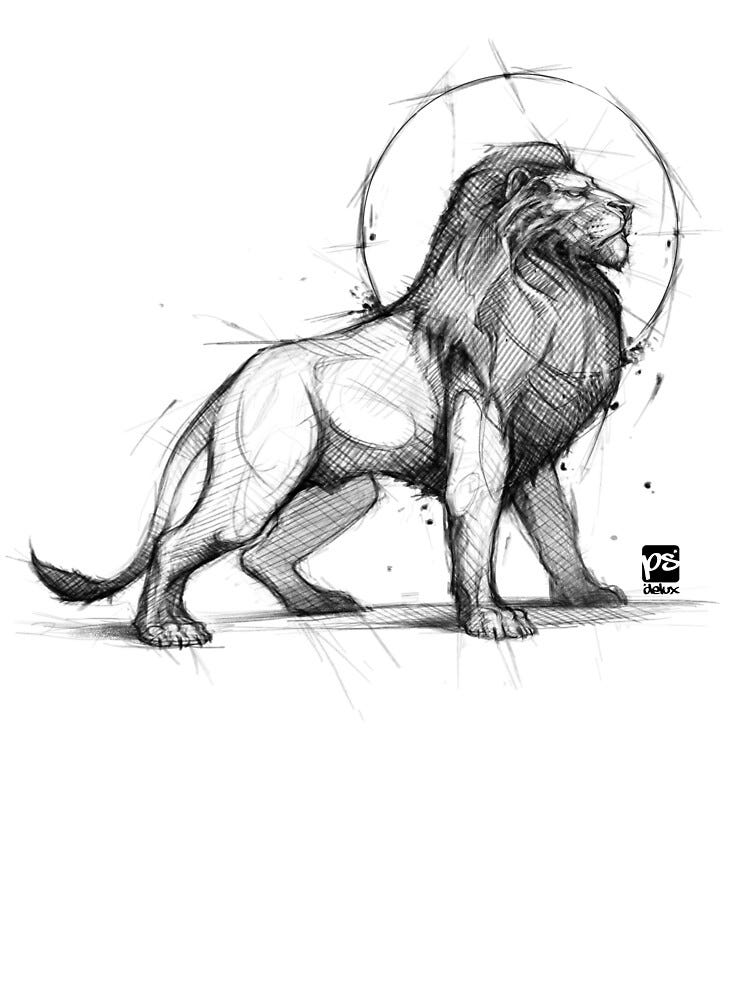
In the realm of artistic expression, the art of realistic sketching holds a unique allure. It allows artists to capture the essence of their subjects with precision and detail, bringing them to life on paper.
In this article, we will explore the top 10 techniques that can elevate your realistic sketching to new heights. From mastering shading techniques to incorporating contrast and value, we will delve into the intricacies of this art form, providing valuable insights and guidance.
Our first technique focuses on shading, a crucial aspect of realistic sketching. By understanding the play of light and shadow, artists can create depth and dimension in their sketches. We will discuss various shading techniques, such as hatching, cross-hatching, and stippling, and how to use them effectively.
Next, we will explore the importance of contrast and value in realistic sketching. By manipulating the range of tones, artists can create a sense of realism and bring their sketches to life. We will discuss techniques for achieving strong contrast and creating a wide range of values.
Another technique we will cover is the use of texture in realistic sketching. By understanding how to depict different textures, such as smooth surfaces or rough textures, artists can add depth and realism to their sketches. We will discuss techniques for creating different textures using various drawing tools.
In addition to these technical aspects, we will also delve into the importance of observation and practice in realistic sketching. Developing a keen eye for detail and honing your observational skills will greatly enhance your ability to capture the essence of your subjects.
Throughout the article, we will provide step-by-step demonstrations and practical exercises to help you apply these techniques and develop your own personal style. Whether you are a beginner or an experienced artist, these techniques will help you unlock your artistic potential and unleash your creativity.
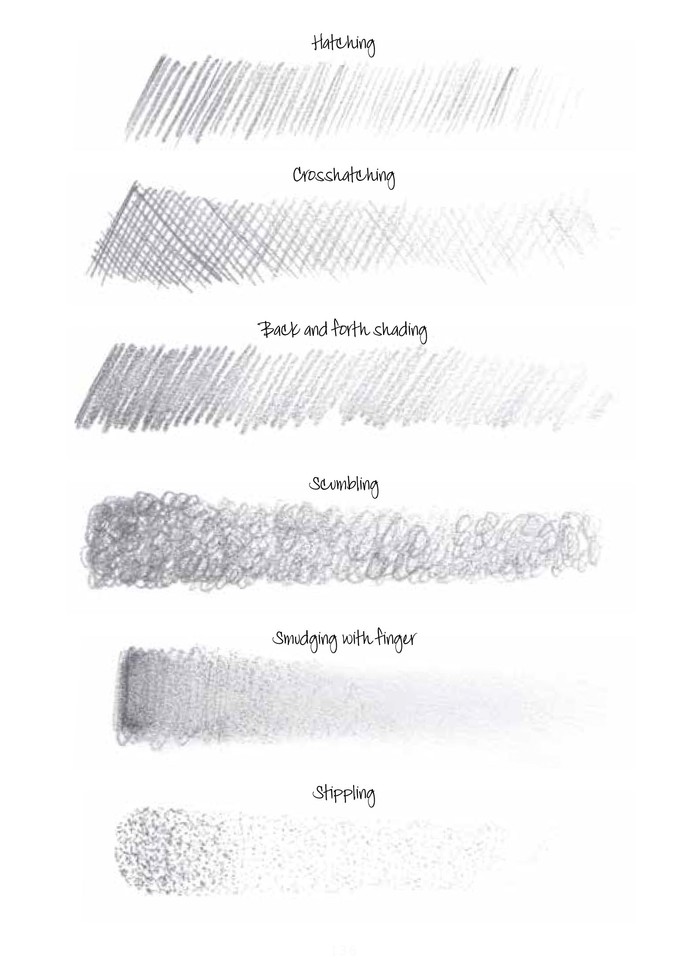
In conclusion, realistic sketching is a captivating art form that allows artists to bring their subjects to life on paper. By mastering shading techniques, incorporating contrast and value, understanding texture, and honing your observational skills, you can elevate your realistic sketching to new heights. So grab your sketchbook and pencils, and let's embark on this artistic journey together.
Mastering Shading Techniques
One of the most essential skills in realistic sketching is mastering various shading techniques. Shading is what gives depth, dimension, and realism to a drawing.
Two key techniques in shading are mastering cross hatching and blending. Cross hatching involves creating a series of parallel lines in one direction and then layering another set of parallel lines in a different direction to create a crosshatch pattern. This technique is particularly effective in creating texture and shading in drawings.
On the other hand, blending techniques involve smoothly transitioning between different shades of color or value by using tools such as a blending stump or a soft cloth. This technique allows for a seamless and realistic transition of tones, resulting in a more polished and professional look to the artwork.
Mastering these shading techniques is crucial for any artist who strives to create realistic and visually captivating sketches.
Achieving Realistic Proportions
To create truly lifelike sketches, artists must master not only shading techniques but also the precise and accurate achievement of realistic proportions. Achieving anatomical accuracy is crucial in capturing the essence of a subject in a sketch.
Understanding facial proportions is particularly important in portraiture, as even the slightest deviation can result in a distorted representation. Artists must study the relationships between the different facial features, such as the distance between the eyes, the width of the nose, and the height of the forehead.
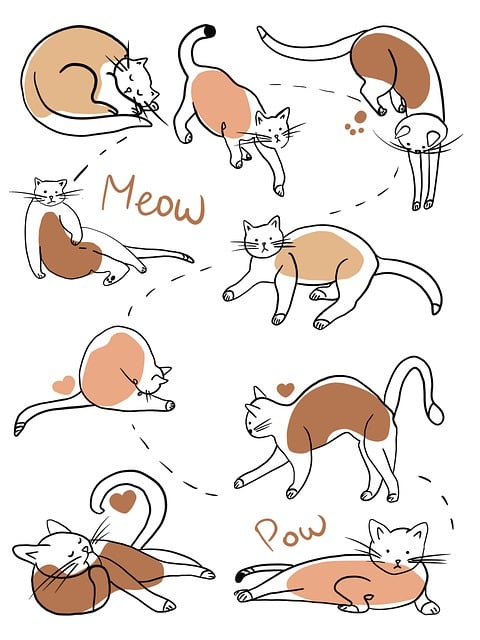
Capturing Textures With Precision
When it comes to capturing textures with precision in realistic sketching, there are several key points to consider.
Firstly, utilizing the right tools can make a significant difference in replicating various textures accurately.
Secondly, mastering shading techniques is crucial in adding depth and dimension to your sketches, allowing you to effectively capture the texture's intricacies.
Lastly, embracing different materials and experimenting with their unique properties can enhance your ability to depict a wide range of textures with precision and finesse.
Tools for Realistic Textures
The essential tools for capturing realistic textures with precision are a set of high-quality brushes and a range of graphite pencils. These tools allow artists to effectively render textures and bring them to life on paper.
When it comes to realistic texture techniques, brushes play a crucial role in achieving the desired effect. Different brush types, such as flat, round, or fan brushes, can be used to create various textures like fur, skin, or fabric.
The choice of graphite pencils is equally important, as they allow artists to add depth and shading to their sketches. Pencils with different grades, ranging from 2H to 8B, offer varying levels of darkness and softness, enabling artists to capture the intricacies of different surfaces.

Mastering Shading Techniques
An artist can achieve impeccable realism in their sketches by mastering shading techniques and capturing textures with precision. Shading is a crucial element in creating depth and dimension in a drawing, and by mastering various shading techniques, artists can bring their sketches to life.
Here are three techniques that can help artists elevate their shading skills:
Mastering Hatching Techniques: Hatching involves drawing parallel lines to create value and texture. By varying the spacing, length, and direction of these lines, artists can create different textures and tones, adding realism to their sketches.
Blending: Blending involves smudging or rubbing the graphite or charcoal on the paper to create smooth transitions between different shades. It helps create a realistic and seamless look in a drawing.
Smudging Techniques: Smudging involves using a blending tool or even fingers to blend and soften the lines and marks on the paper. It can be used to create subtle shadows and smooth textures, adding depth and realism to the sketch.
Embracing Different Materials
Using a wide range of materials, artists can effectively capture textures with precision, elevating the realism of their sketches. Different drawing techniques and exploring color palettes are essential when it comes to embracing different materials in realistic sketching.
By experimenting with various mediums such as graphite, charcoal, ink, or colored pencils, artists can achieve a wide range of textures, from smooth and glossy surfaces to rough and grainy textures. Each material offers its own unique qualities and characteristics, allowing artists to mimic the intricate details found in real-life objects.
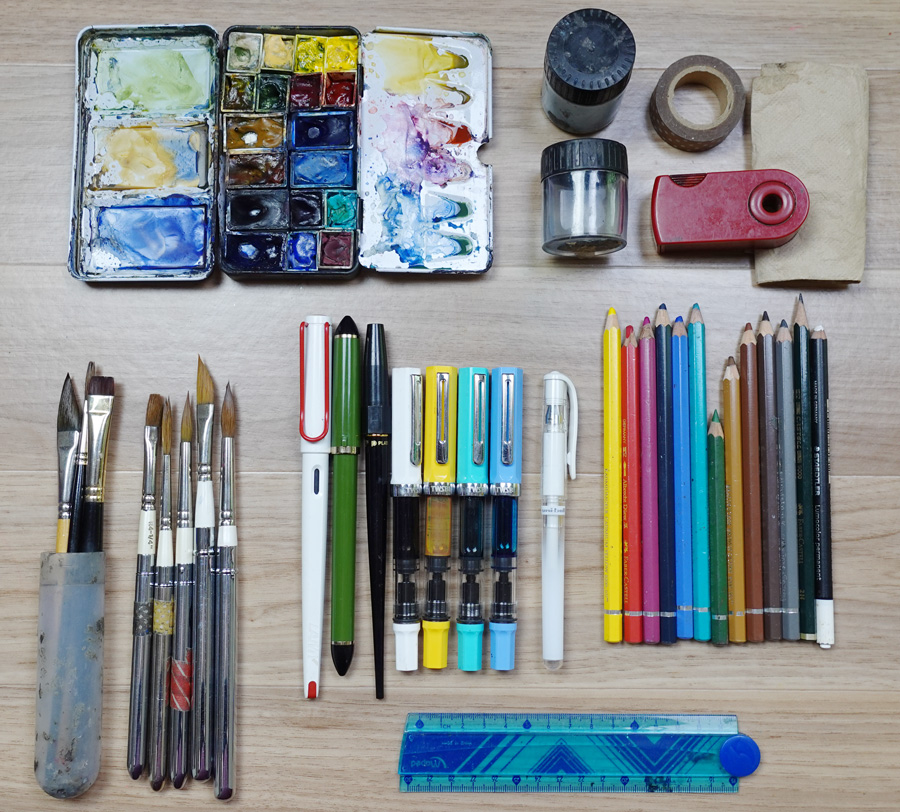
Additionally, exploring different color palettes adds depth and dimension to the sketches, making them more visually appealing and lifelike. Artists who embrace different materials can unleash their creativity and bring their sketches to life with precision and authenticity.
Creating Depth and Dimension
Creating depth and dimension in a realistic sketch is a crucial aspect of capturing the essence of a subject.
One technique to achieve this is by carefully placing light and shadow, which helps to define the form and create the illusion of depth.
Additionally, perspective techniques can be employed to accurately depict the spatial relationships between objects, further enhancing the sense of dimension.
Lastly, paying attention to texture and surface details can add depth and realism to a sketch, as it allows for the portrayal of different materials and their interaction with light.
Light and Shadow Placement
Enhancing the realism of a sketch, proper placement of light and shadow adds depth and dimension to the artwork. By mastering the art of light and shadow, artists can bring their sketches to life and create a sense of three-dimensionality. Here are some techniques to consider:
Chiaroscuro: This technique involves using strong contrasts between light and dark areas to create a dramatic effect.
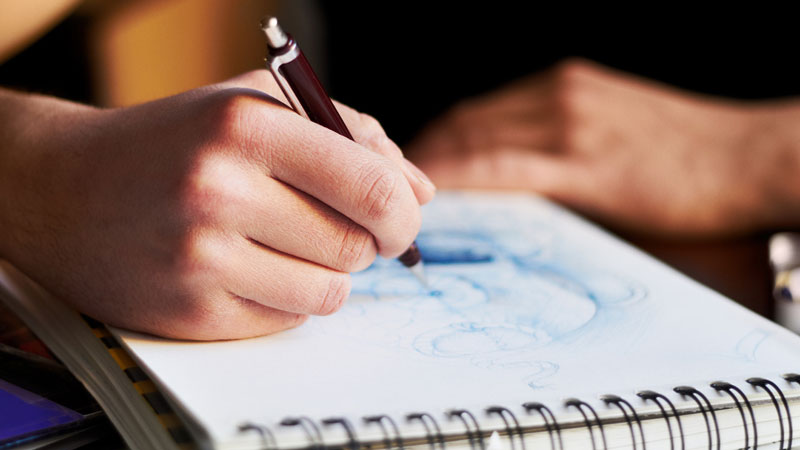
Cross-hatching: By using intersecting lines to create shading, artists can add texture and depth to their sketches.
Gradient shading: Gradually transitioning from light to dark tones creates a smooth and realistic appearance.
Understanding the play of light and shadow is crucial in creating realistic highlights and shadows. By strategically placing these elements, artists can give their sketches a sense of depth and dimension, allowing the viewer to experience a newfound freedom in exploring the artwork.
Perspective Techniques
Mastering perspective techniques is essential for artists who want to create depth and dimension in their sketches.
By understanding how to effectively use foreshortening techniques and vanishing points, artists can bring their drawings to life and give them a sense of realism.
Foreshortening techniques involve representing objects or body parts that are closer to the viewer as larger and those that are farther away as smaller. This creates a sense of depth and allows the viewer to perceive distance in the artwork.
Vanishing points, on the other hand, are points in the drawing where parallel lines appear to converge. By placing objects along these lines, artists can create the illusion of depth and give their sketches a three-dimensional quality.
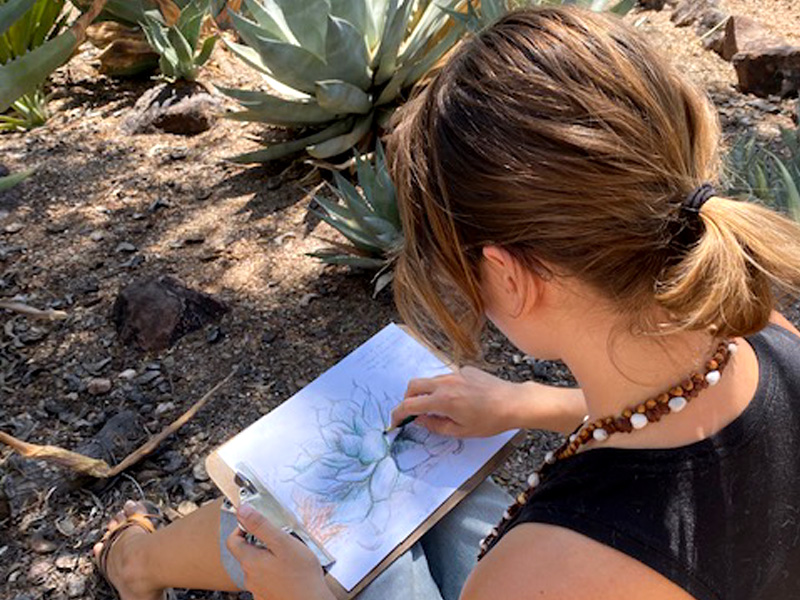
Mastering these perspective techniques is crucial for artists who want to take their realistic sketching to the next level and create captivating artworks.
Texture and Surface Details
How can artists incorporate texture and surface details into their sketches to enhance depth and dimension? Exploring texture techniques and adding surface details can greatly elevate the realism and visual impact of a sketch. By carefully considering and implementing these techniques, artists can create a sense of depth and dimension that brings their sketches to life.
Here are three techniques that can help achieve this effect:
Crosshatching: Using overlapping lines to create different shades and textures, crosshatching can add depth and form to objects in a sketch.
Stippling: By using small dots or dashes, stippling can create a textured surface that adds depth and dimension to an object or background.
Sgraffito: This technique involves scratching or scraping away layers of a medium to reveal underlying textures or colors, adding depth and detail to a sketch.
Enhancing Details for a Lifelike Effect
To achieve a lifelike effect in your sketches, focus on enhancing the smallest details with precision and care. One key aspect to consider is achieving realistic texture. The ability to capture the texture of different surfaces brings depth and realism to your artwork. Whether it is the roughness of tree bark or the smoothness of glass, understanding how to represent texture accurately is crucial.
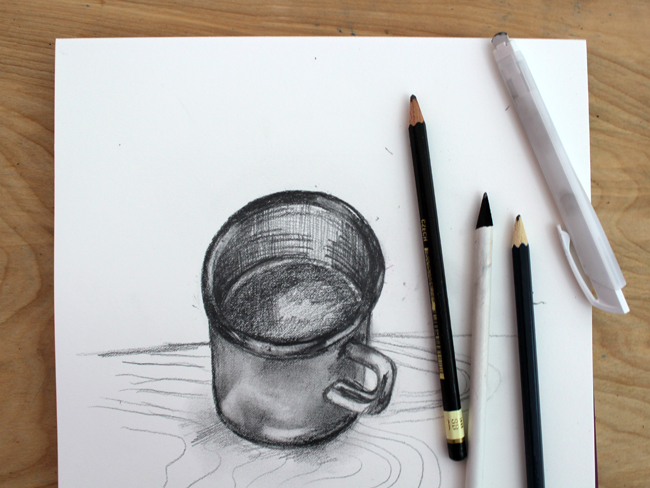
Another important factor is understanding light and shadow. By observing how light interacts with objects, you can create a sense of depth and volume in your sketches. Shadows add dimension and realism, making your drawings appear three-dimensional. Pay attention to the direction of light sources and the way shadows fall on objects.
Understanding Light and Shadow
One key aspect of realistic sketching is the understanding of light and shadow's influence on the overall composition. By mastering light and shadow techniques, artists can create depth, dimension, and a sense of realism in their sketches. Understanding chiaroscuro, the contrast between light and dark, is essential for capturing the interplay between light and shadow.
Here are three light and shadow techniques that can elevate your realistic sketching:
Cross-hatching: This technique involves layering parallel lines in different directions to create depth and texture.
Blending: By softly blending areas of light and shadow, artists can achieve smooth transitions and realistic shading.
Highlighting and shading: Adding highlights to the areas where light directly hits and shading the areas in shadow can create a three-dimensional effect.
Mastering these light and shadow techniques will enable artists to bring their sketches to life, allowing for a greater sense of freedom in their artistic expression.
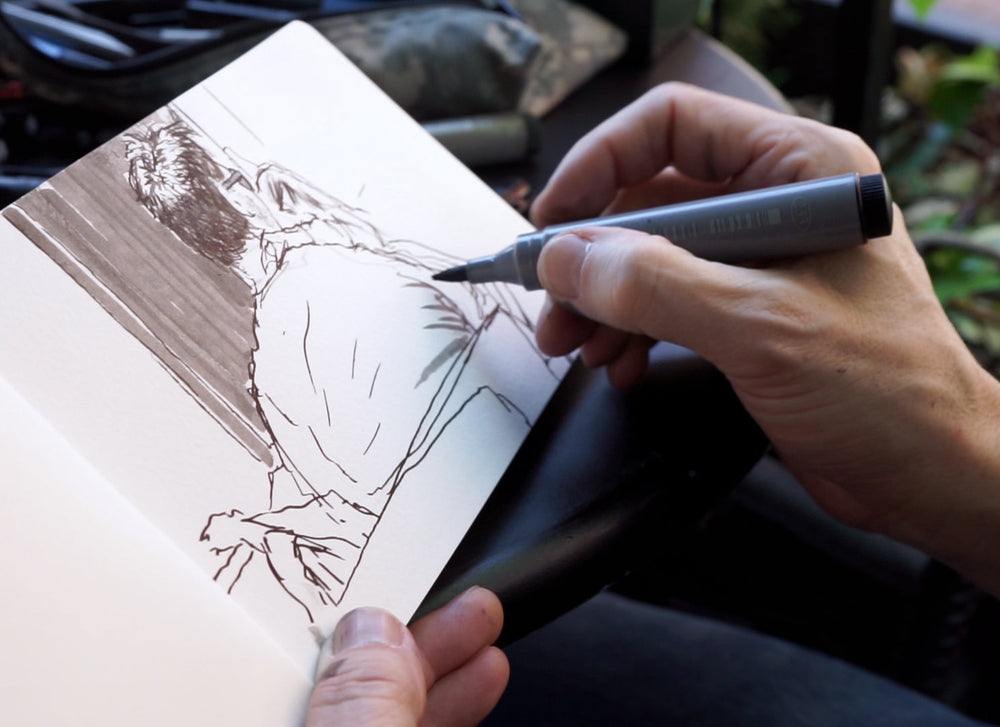
Exploring Different Pencil Strokes
Artists can achieve diverse and captivating effects in their sketches by employing various pencil strokes. By exploring different pencil techniques, artists can add depth, texture, and dimension to their artwork.
One popular technique is cross hatching. This involves creating a series of parallel lines that intersect with another set of parallel lines at an angle. By varying the spacing and thickness of the lines, artists can create shading and tonal values. Cross hatching allows for a range of effects, from subtle shading to bold contrasts.
Another technique is stippling, which involves creating small dots or dashes to create texture and shading. This technique can be time-consuming but can produce intricate and detailed drawings.
Incorporating Contrast and Value
Incorporating contrast and value is a crucial aspect of realistic sketching. It allows artists to create depth and dimension in their drawings. By strategically shading different areas, artists can bring out the highlights and shadows, giving their sketches a three-dimensional effect.
Additionally, contrast and value play a significant role in creating visual impact. They draw the viewer's attention to certain focal points and add a sense of drama to the artwork.
Importance of Shading
When exploring the topic of shading, it is crucial to understand the significance of incorporating contrast and value. Shading is a fundamental technique in realistic sketching that brings depth and dimension to your artwork. By mastering shading techniques and understanding light and shadow, you can create realistic and visually compelling drawings.
Here are some reasons why shading is important in your artistic practice:

Enhancing Realism: Shading adds depth and three-dimensionality to your sketches, making them appear more lifelike.
Creating Contrast: By incorporating light and dark values, shading helps create contrast, which adds visual interest and drama to your artwork.
Adding Depth and Volume: Shading allows you to create the illusion of depth and volume, making your drawings appear more realistic and tangible.
Enhancing Depth and Dimension
To achieve a more realistic and visually captivating sketch, it is essential to enhance depth and dimension by incorporating contrast and value.
Adding depth to your sketches helps create the illusion of three-dimensionality, making the objects in your drawing appear more lifelike. One effective technique for achieving this is by using cross hatching.
Cross hatching involves creating a series of intersecting lines, varying their density and direction to create areas of light and shadow. By strategically placing these lines, you can effectively depict the contours and form of the subject, adding depth and dimension to your sketch.
The use of contrast and value is crucial in creating depth, as it allows for the differentiation between light and dark areas, giving the illusion of depth and volume. It is important to experiment with different shading techniques to find the one that best suits your style and desired level of realism.
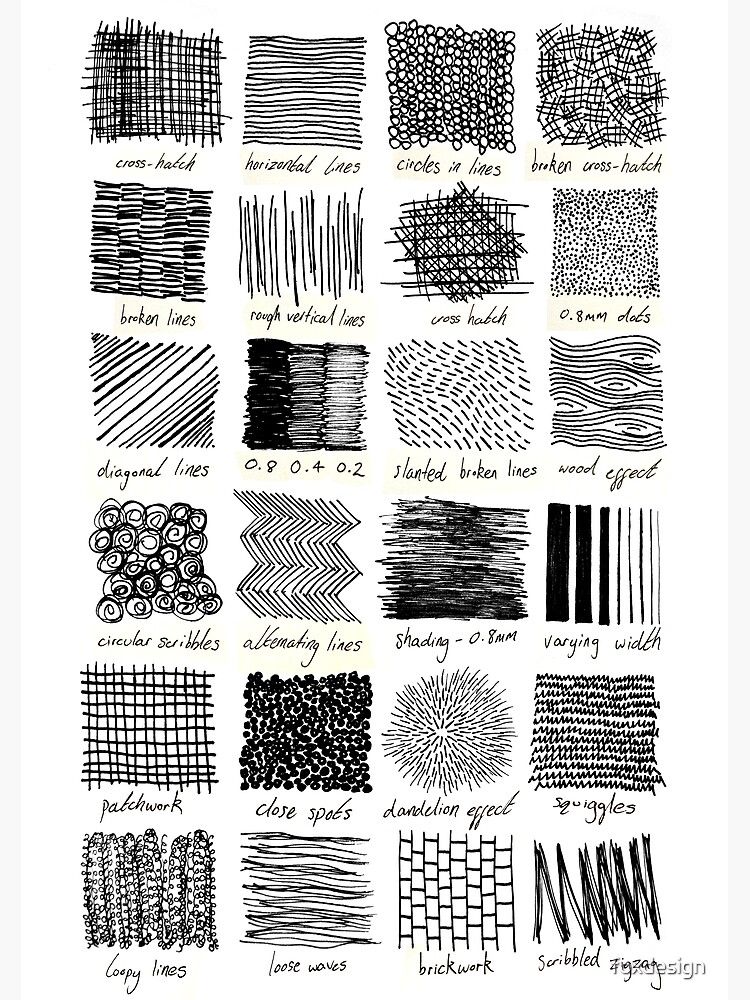
Creating Visual Impact
For artists seeking to enhance the visual impact of their sketches, utilizing contrast and value can be achieved through careful manipulation of light and dark tones. By incorporating these elements effectively, artists can create a strong emotional connection with their audience and make their artwork stand out.
Here are three techniques to consider:
Play with light and shadow: Experiment with different light sources and how they interact with your subject. By casting shadows and highlighting certain areas, you can create a sense of depth and drama in your sketches.
Use color strategically: Color can greatly impact the mood and overall visual impact of a sketch. Choose colors that complement each other and use them to create focal points or add emphasis to certain areas of your artwork.
Experiment with different textures: Incorporating different textures in your sketches can add interest and visual impact. Experiment with different techniques, such as cross-hatching or stippling, to create depth and dimension in your artwork.
Utilizing Reference Photos Effectively
The incorporation of high-quality reference photos is crucial in achieving a heightened level of accuracy and detail in realistic sketching. While live models offer advantages such as capturing the essence and dynamic nature of the subject, using reference photos can provide a more accessible and flexible approach.
One effective method is the grid method, where a grid is superimposed on the reference photo and the drawing surface. This technique allows for precise placement of elements and helps maintain proportion and perspective.
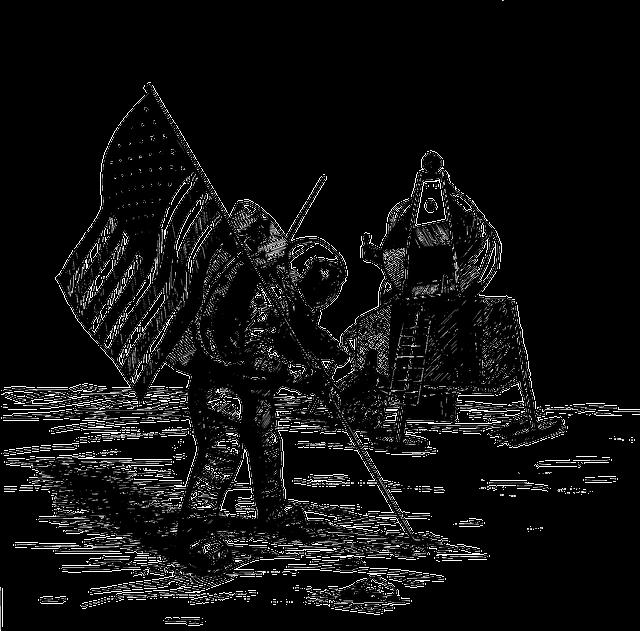
Additionally, reference photos offer the freedom to work at one's own pace and convenience, allowing artists to study and analyze the subject in detail. However, it is important to ensure that the reference photos used are of high quality, with clear and sharp details, to achieve the desired level of realism in the final sketch.
Developing a Personal Style in Realistic Sketching
With careful observation and dedication, artists can cultivate their own unique style of realistic sketching through the exploration and experimentation of various techniques and mediums.
Developing a personal style in realistic sketching allows artists to express their individuality and creativity, creating a distinct visual language that sets them apart.
By exploring different mediums, artists can discover the ones that resonate with them the most, whether it's graphite, charcoal, or colored pencils.
This exploration not only helps in finding the medium that suits their style but also allows artists to push the boundaries of their skills and discover new possibilities.
It is through this process of trial and error that artists can develop their own signature techniques and artistic voice, leading to a truly personal and unique style in realistic sketching.
Frequently Asked Questions
What Are Some Common Mistakes to Avoid When Mastering Shading Techniques?
When mastering shading techniques, it is important to avoid common mistakes such as inconsistency in tone, improper blending, and neglecting light sources. These errors hinder the creation of realistic shading and undermine the artistic expression.
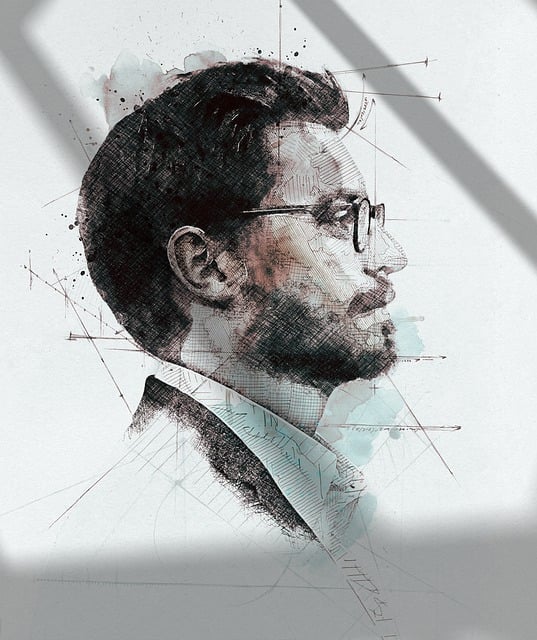
How Can I Practice Achieving Realistic Proportions in My Sketches?
Practicing proportions is crucial for achieving realistic sketches. By studying human anatomy, using grids or proportional dividers, and regularly sketching from life, artists can improve their ability to accurately depict the proportions of their subjects.
Are There Any Specific Tools or Techniques to Capture Textures With Precision?
When aiming to capture textures with precision in realistic sketches, it is essential to employ specific tools and techniques. Mastery of shading techniques, achieving realistic proportions, creating depth, and enhancing small details all contribute to a lifelike effect.
What Are Some Tips for Creating Depth and Dimension in My Realistic Sketches?
Creating depth and dimension in realistic sketches can be achieved through various techniques. One effective approach is by creating contrast in values and textures, while another is by utilizing atmospheric perspective to convey distance and spatial relationships.
How Can I Enhance Small Details in My Sketches to Achieve a Lifelike Effect?
Capturing fine details and adding texture to sketches is essential for achieving a lifelike effect. By employing techniques such as hatching, cross-hatching, and stippling, artists can enhance the intricacies of their sketches, bringing them to life with precision and depth.
 Writing TipsCreative WritingJournalingSketching TechniquesBuying GuidesPrivacy PolicyTerms And Conditions
Writing TipsCreative WritingJournalingSketching TechniquesBuying GuidesPrivacy PolicyTerms And Conditions
